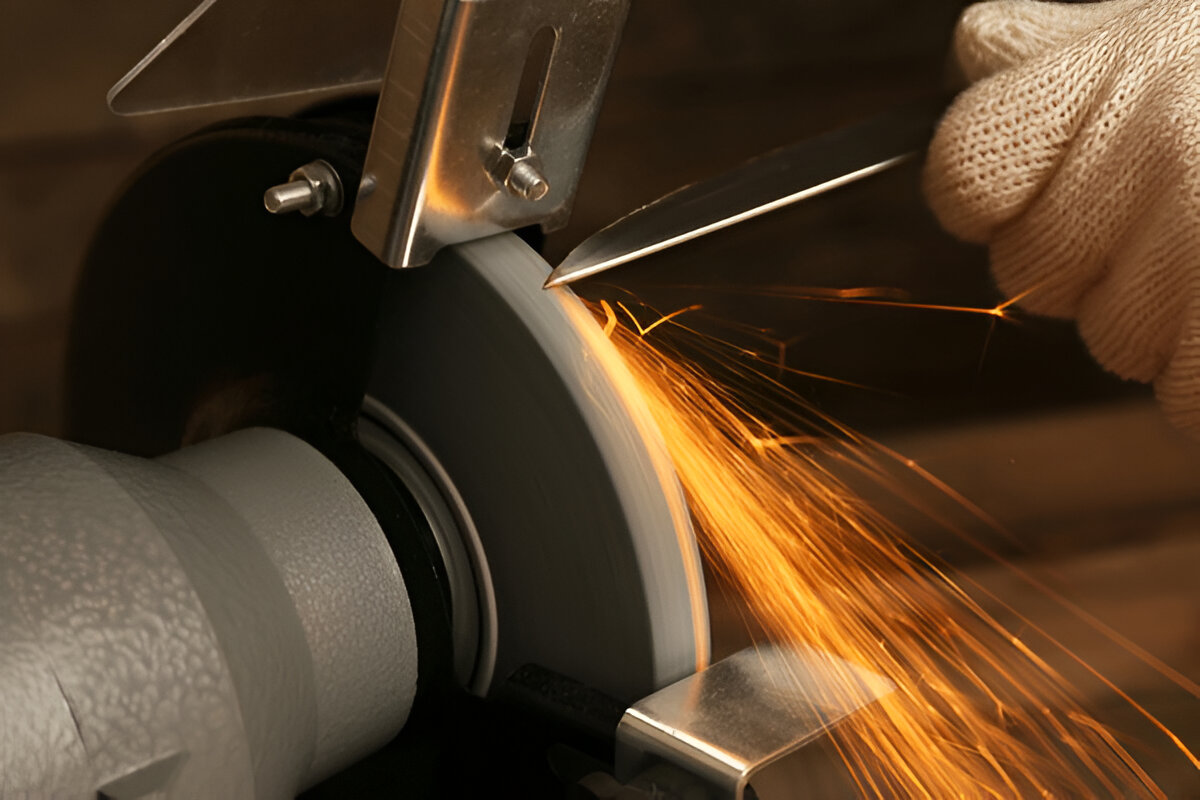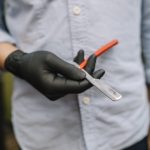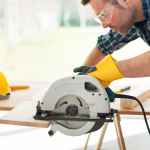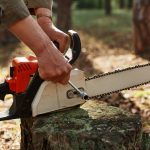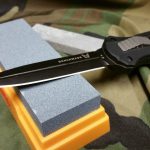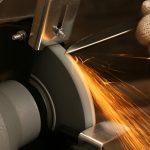In a world where precision is paramount and performance matters, the condition of your blades can make or break your work. Whether you’re a barber delivering flawless fades, a chef commanding the kitchen, or a contractor relying on sharp tools for clean cuts blades sharpening is not just a maintenance task; it’s an investment in your craft.
From barbershops in busy Northern Virginia towns to bustling restaurant kitchens and rugged job sites, sharp blades ensure safety, efficiency, and excellence. In this post, we’ll break down tailored blade care and sharpening tips for professionals in three of the most blade-critical industries: grooming, cooking, and construction.
For Barbers: The Art of Clipper and Shear Sharpening
Barbers work with more than just clippers. Their daily toolset includes shears, trimmers, razors, and blending scissors all requiring routine care. Yet one universal truth remains: dull blades can ruin a cut and a client relationship.
Recognize When It’s Time for Sharpening
Most barbers can tell the moment a clipper isn’t cutting as it should. But here are a few technical signs:
- Tugging or pulling hair
- Uneven cuts or snags
- Increased heat from friction
- Clients complaining of discomfort
Pro Sharpening Tips for Barbers
- Stick to a schedule – Clipper blades typically need sharpening every 2–3 weeks in high-traffic shops.
- Clean and oil your blades daily – Build-up dulls even the sharpest edge.
- Use a professional sharpening service – DIY sharpening can damage high-quality blades if done improperly.
Barbering tools are not one-size-fits-all, and neither is the sharpening process. For example, convex-edge shears used for slide cutting require different techniques than beveled shears. At The Point Sharpening, we understand these nuances and tailor every sharpening session to your specific tools.
For Chefs: Blade Sharpness Is Kitchen Discipline
Chefs treat their knives like extensions of their hands—and for good reason. In high-volume kitchens, dull blades slow down prep, increase the risk of injury, and compromise food presentation.
Common Knife Types That Require Sharpening
- Chef’s Knife (Gyuto)
- Paring Knife
- Boning and Fillet Knives
- Serrated Knives (less frequently sharpened but still need care)
Signs Your Kitchen Blades Are Dull
- Difficulty slicing through tomatoes or citrus
- Increased prep time
- Slips during cutting (a dangerous sign!)
- Frayed or crushed food textures
Smart Knife Sharpening Tips for Chefs
- Use a honing rod weekly, but don’t confuse honing with sharpening.
- Schedule professional sharpening every 1–2 months, depending on usage.
- Store knives properly using a knife roll or magnetic strip to prevent edge damage.
- Know your blade angle – Japanese knives are typically 15°, European knives around 20°.
Blades sharpening services that specialize in kitchen knives—like The Point Sharpening—know how to maintain the blade’s geometry and ensure the edge lasts longer. With high-carbon steels, improperly done sharpening can overheat the blade, leading to brittleness or edge failure.
For Contractors: Keep Tools Sharp, Keep Projects on Track
Whether you’re a carpenter, plumber, electrician, or general contractor, sharp tools are essential for accuracy, speed, and cost-efficiency. Circular saw blades, chisels, utility knives, and drill bits are just a few of the cutting tools that demand upkeep.
Why Sharp Tools Matter on Job Sites
- Cleaner cuts = less material waste
- Faster work = higher productivity
- Sharp tools = fewer injuries
Top Tools Contractors Should Routinely Sharpen
- Circular saw blades
- Planer blades
- Chainsaw chains
- Mower blades
- Utility knife blades
- Wood chisels and hand planes
Pro Tips for Contractor Tool Sharpening
- Use labeled bins for “sharp” and “dull” tools to maintain workflow.
- Log your tool sharpening cycles like you would oil changes.
- Partner with a reliable sharpening service that understands construction-grade equipment.
Contractors often forget that sharpening is cheaper than replacing. Why toss a $40 circular saw blade when it can be brought back to life professionally for a fraction of the cost?
The Point Sharpening offers specialized services for construction pros across Northern Virginia, with fast turnaround and edge restorations that meet OSHA safety standards.
What Makes Great Blades Sharpening?
You might be tempted to try a YouTube method or a cheap sharpener from the hardware store—but true blades sharpening is both a science and an art.
Traits of a Top-Tier Blade Sharpening Service
- Customized approach for different industries and blade types
- Water-cooled equipment to avoid overheating
- Precision angle setting
- Use of fine grit wheels and polishing compounds
- Protective coatings or oil treatments
At The Point Sharpening, we apply industry-specific sharpening standards for every profession. Our process ensures not only razor-sharp results but also longer edge retention because we sharpen with the blade’s use in mind.
Why Northern Virginia Professionals Choose The Point Sharpening
As a trusted local business in Front Royal, VA, The Point Sharpening is proud to serve chefs, barbers, and contractors across the Northern Virginia region. Our tailored approach helps clients:
- Avoid downtime from dull tools
- Extend the life of expensive gear
- Improve customer or client satisfaction
Whether you’re slicing vegetables in a Winchester restaurant, fading hair in Leesburg, or cutting trim in Fairfax—sharp tools help you work safer, faster, and better.
Frequently Asked Questions (FAQs)
Q: How often should I sharpen my blades?
It depends on usage. Barbers may need sharpening every 2–3 weeks, chefs every 4–6 weeks, and contractors every 3 months. A routine sharpening schedule prevents damage and extends tool life.
Q: Can I sharpen my own blades?
You can, but we don’t recommend it for professional-grade tools. Improper technique can damage edges, ruin blade angles, or overheat steel—especially on expensive tools.
Q: How long does professional sharpening take?
At The Point Sharpening, we offer fast turnaround (typically 24–48 hours depending on blade type and quantity).
Q: Do serrated knives or clipper blades require special sharpening?
Yes. Serrated knives require unique tools to preserve the scalloped edges, and clipper blades must be disassembled, cleaned, sharpened, and reassembled. We handle both with expert care.
Q: How much does professional sharpening cost?
Pricing ranges from $15 to $30 depending on blade length. Some large commercial chains may be more.
Final Word: Sharp Blades, Sharper Results
No matter your industry, sharp blades are a silent partner in your success. With regular blades sharpening, barbers create clean lines, chefs slice effortlessly, and contractors power through jobs without delays.
By investing in professional sharpening services like those offered by The Point Sharpening, you’re not just maintaining tools—you’re protecting your reputation, your output, and your bottom line.
Ready to get sharper? Contact us today and let us tailor a sharpening solution for your tools.

